Long Evening of Science at the University
Ulm University opened its doors to a wide audience for the Long Evening of Science. The Faculty of Mathematics and Economics delighted visitors with a varied programme that made the fascinating world of numbers, models, structures and economic decisions and analysis tangible in a lively way.
Current research questions and their practical applications took centre stage:
For example, the Institute of Applied Analysis explained how collective behaviour in nature - for example in schools of fish or bird flights - can be described using mathematical models. The lecture impressively demonstrated how individual dynamics can give rise to seemingly intelligent group behaviour. In a vivid presentation, the Institute of Stochastics addressed the question of how the 3D microstructure of batteries and fuel cells can be optimised using methods of stochastic geometry - and how chance plays a central role in this.
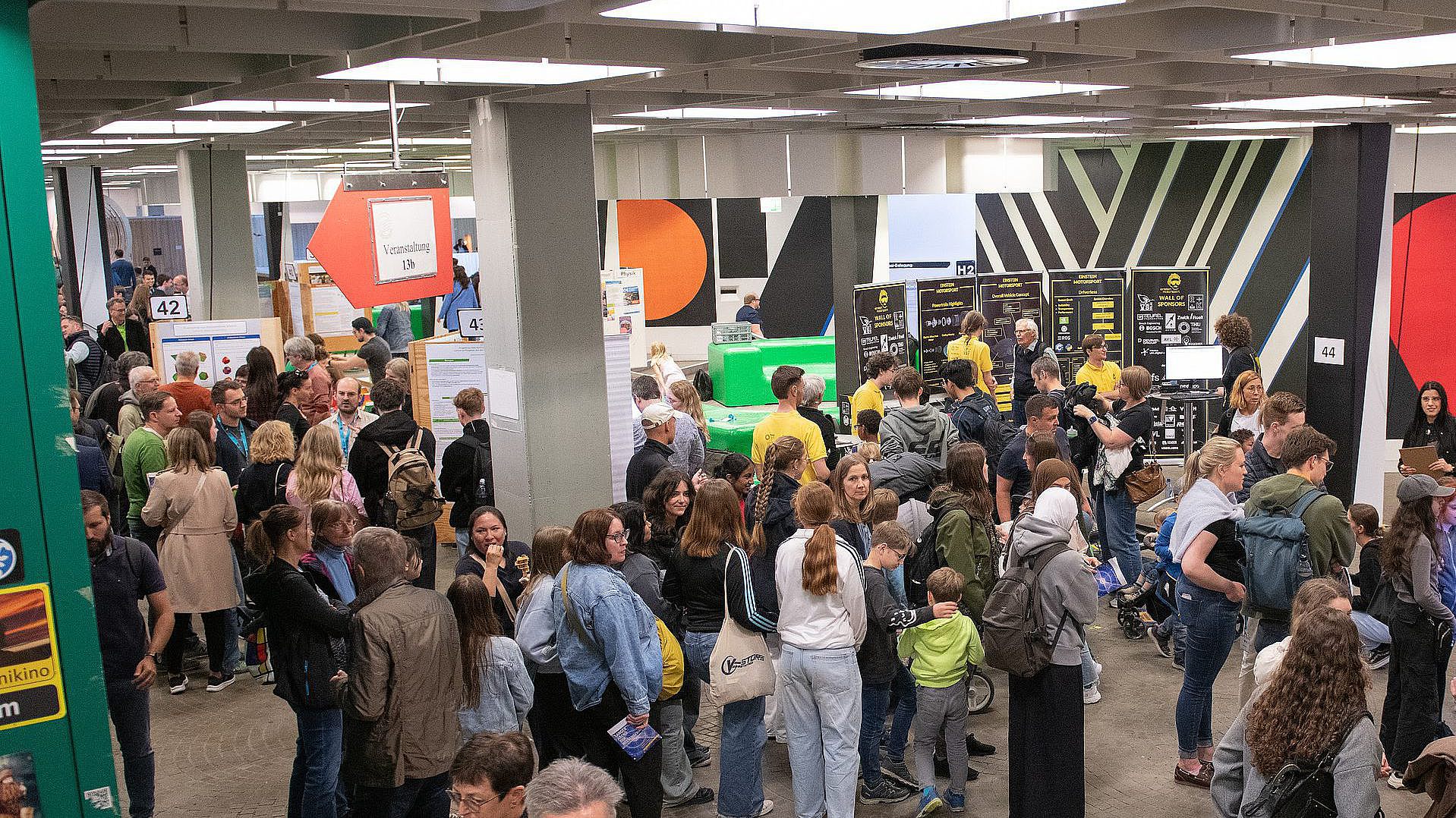
At an interactive information stand, the Computational Science and Engineering (CSE) course gave an impressive demonstration of how theoretical modelling and practical application work together - from numerical simulations to real vehicle development. The electric racing car designed and built by Einstein Motorsport, the student Formula Student Team, aroused particular interest. In this interdisciplinary project, students independently develop a vehicle that they then race against teams from all over the world in the international Formula Student competition. Visitors were given exciting insights into how scientific methods from mathematics, computer science and engineering are put into practice and transferred into high-performance vehicle technology.
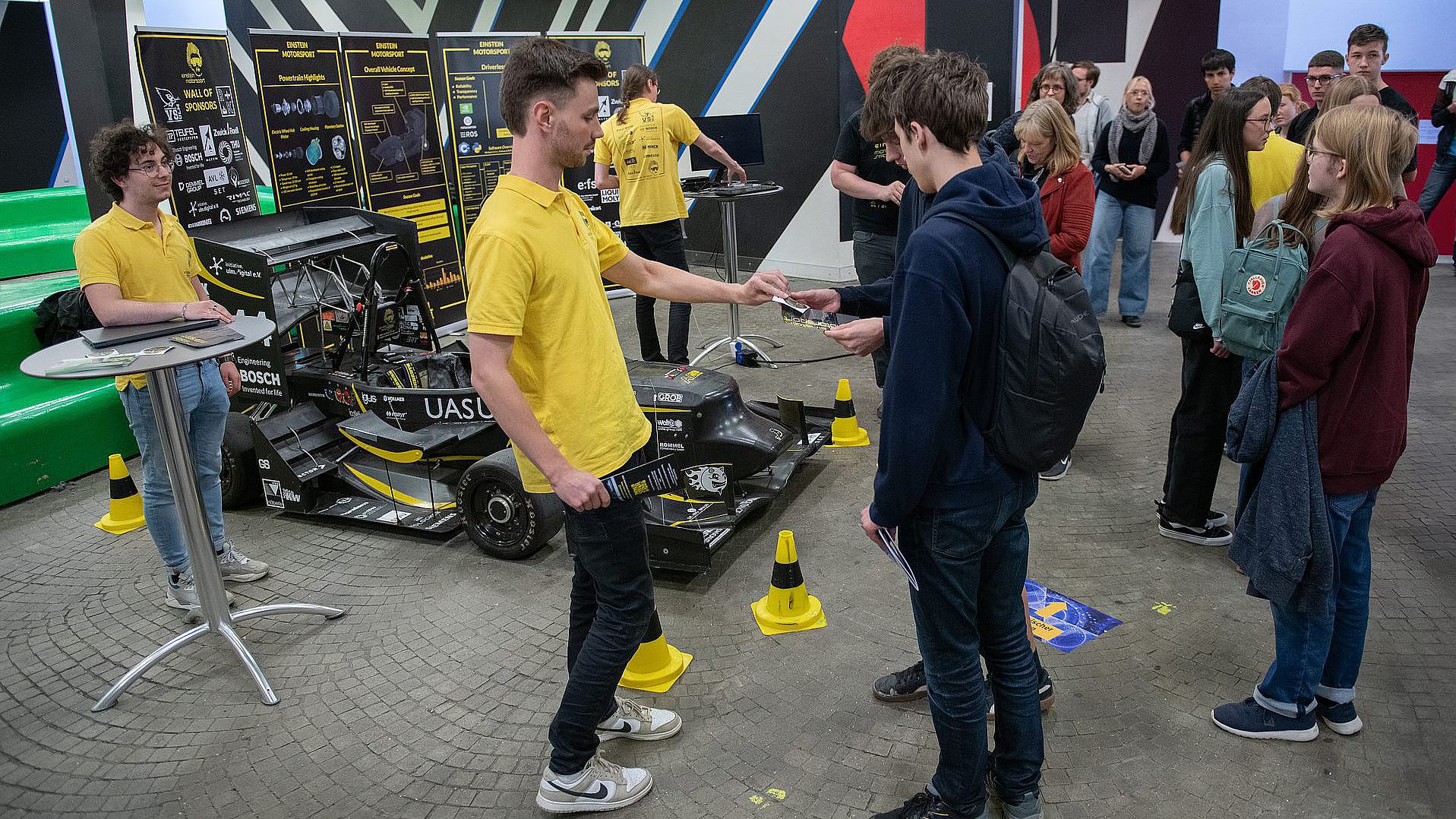
Another focus was the topic of digital twins: using the example of a materials testing machine, the Institute of Numerical Mathematics showed how real objects are supplemented and analysed by numerical simulations - a current field of application with high innovation potential for industry and technology.
The Institute of Algebra and Number Theory delighted visitors with a creative hands-on programme: under the motto ‘Strange structures and symmetrical gadgets’, guests were able to experience the mathematical principles of symmetry using tangible models and virtual representations - from molecules to snowflakes and geometric solids.
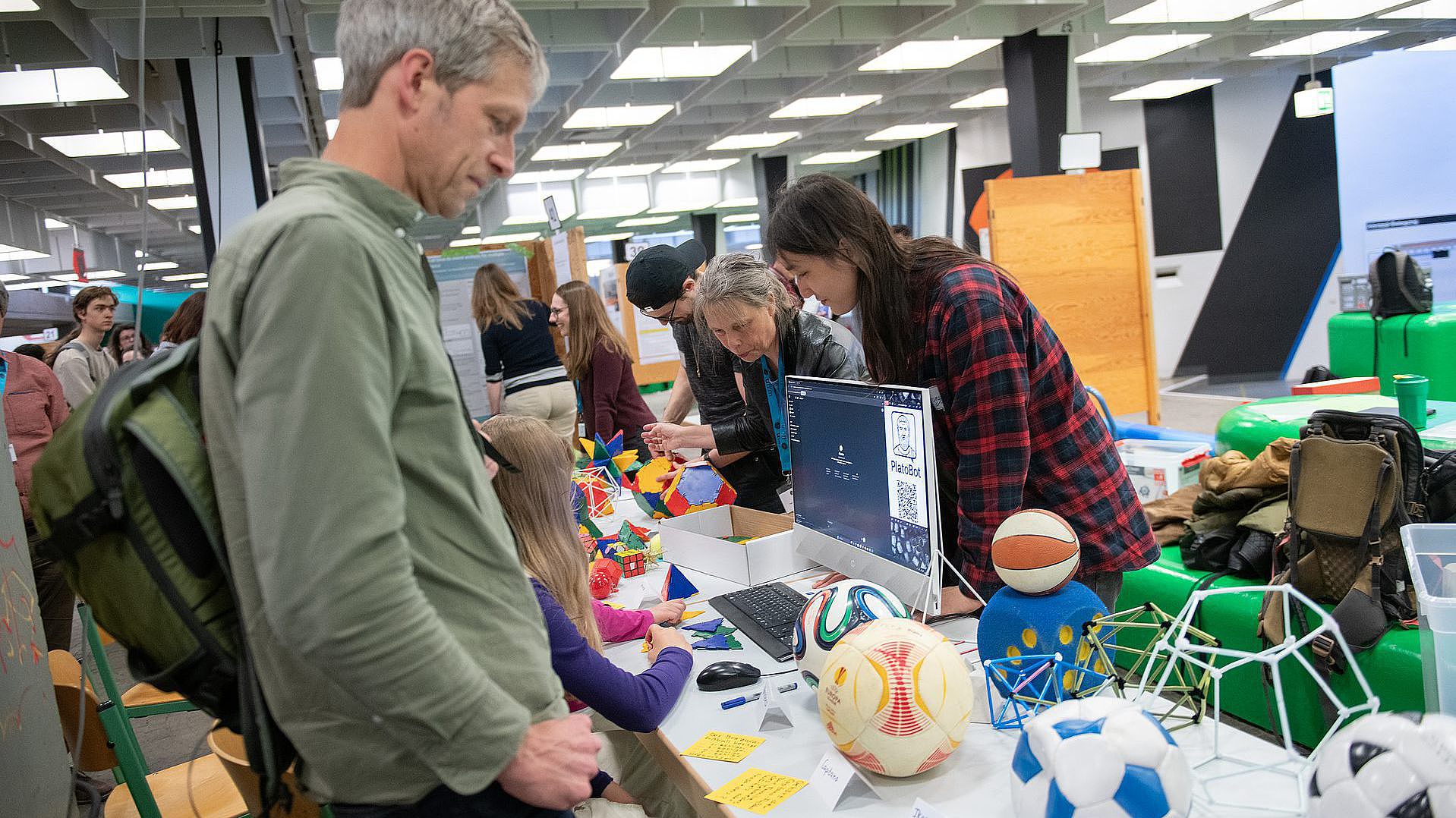
Mathematics in medicine was not neglected either: the Institute of Statistics and the Institute of Epidemiology and Medical Biometry presented current research on event time analysis and invited visitors to use an app to find out for themselves whether their personal preference for sweet or savoury is linked to their own BMI.
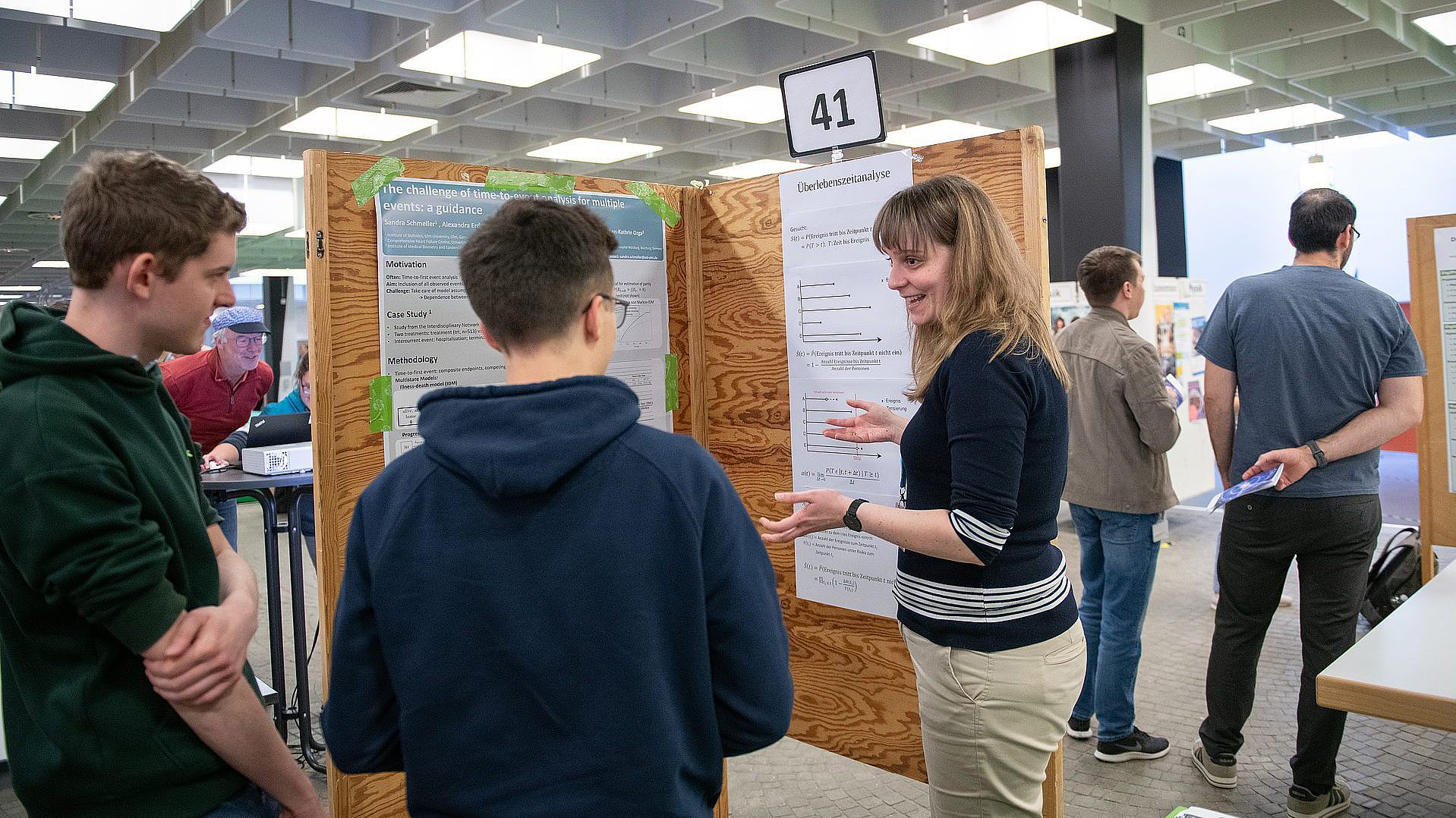
Finally, the Economics Study Commission and the Institute of Economics provided information on the topic of economics and data analysis. Posters and small experiments gave guests an insight into economic research and the role of data science in the context of economics.
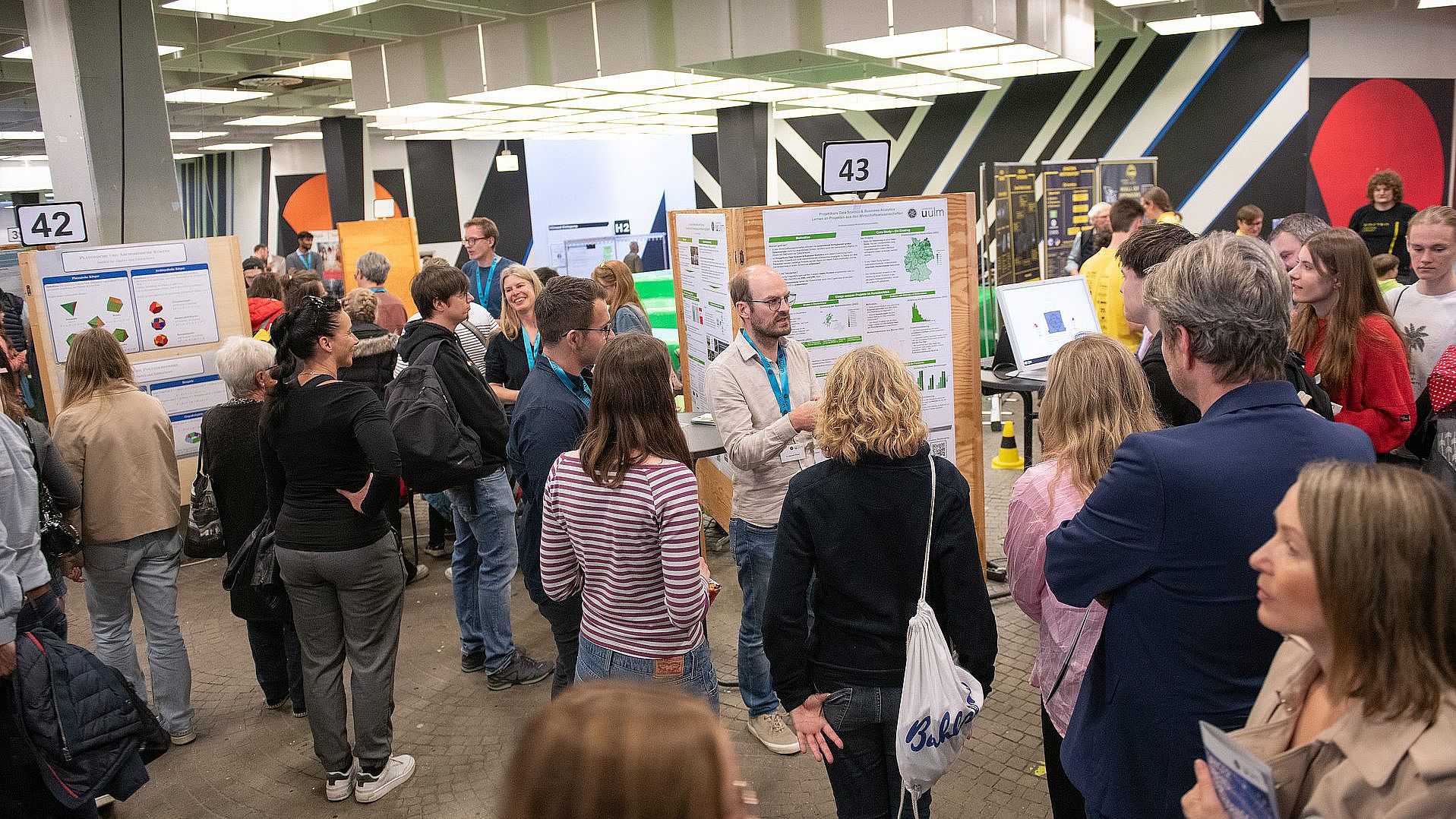
The Institute of Economics also provided insights into current research projects, such as a study using escape rooms to investigate how financial incentives influence collaboration and problem-solving in teams. The results show that Monetary incentives significantly increase team performance without diminishing intrinsic motivation. They also promote better team organisation and stronger leadership structures.
In addition, visitors were able to take part in interactive experiments that focused on trust and cooperation, for example. These hands-on activities were met with great interest by young and old alike and showed that economics is much more than just numbers and theories - it offers exciting insights into human behaviour and is omnipresent in everyday life.
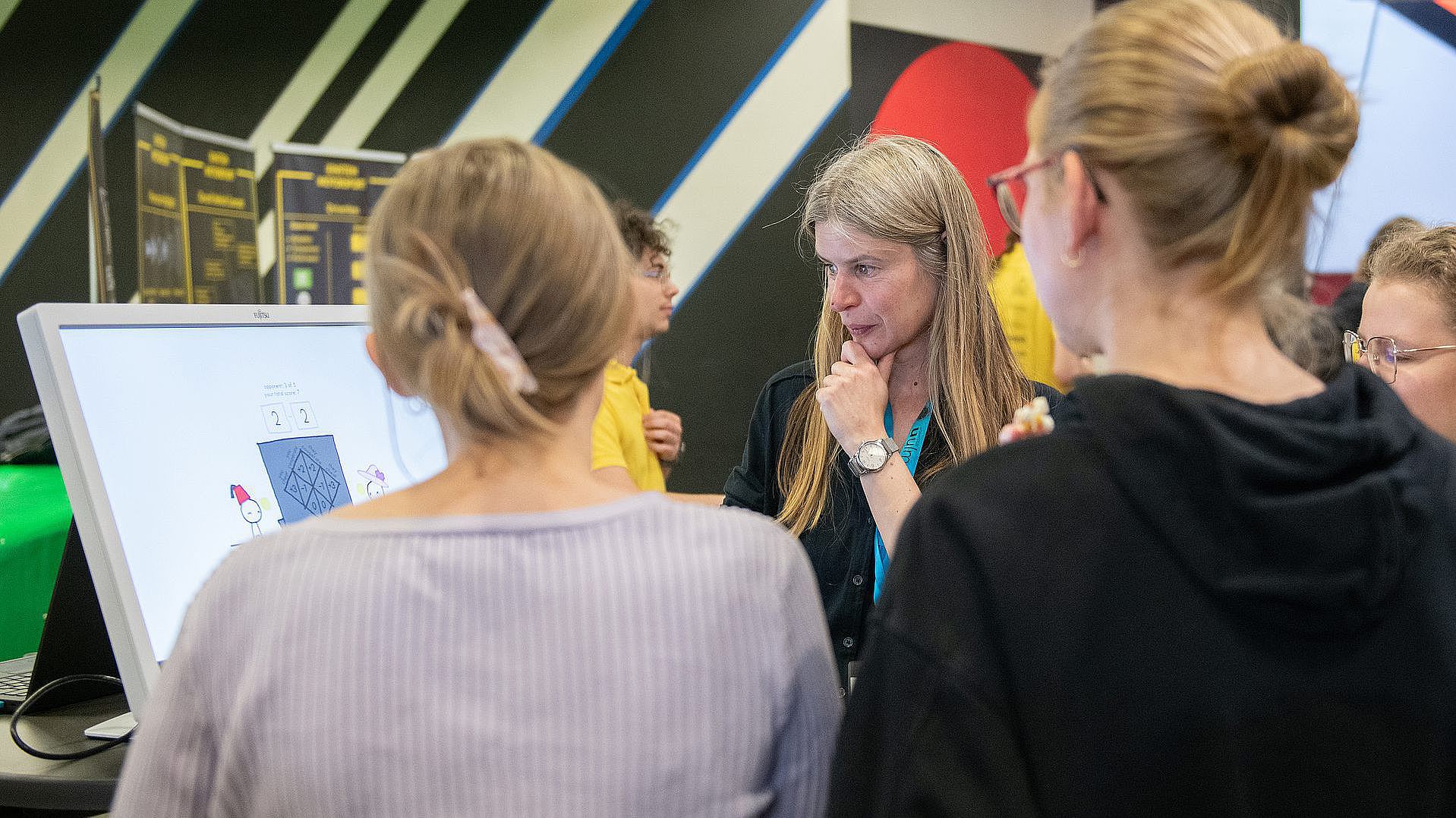
On this evening, the faculty impressively demonstrated how interdisciplinary, practical and socially relevant its work is. ‘It was important to us to make our research tangible and to seek dialogue with the public,’ emphasised one of the event's organisers. The response from the audience confirmed that hands-on science is inspiring - especially when it is presented in such a diverse way.
